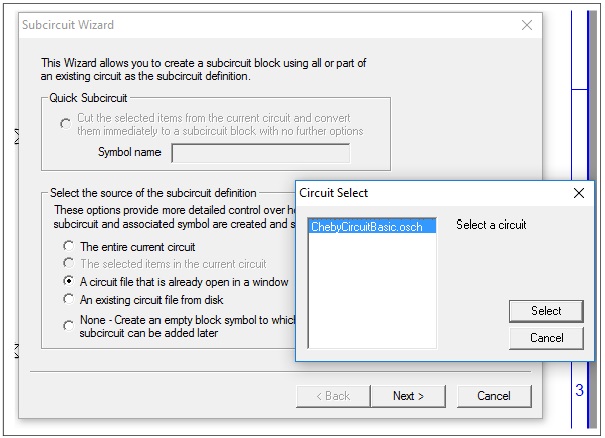To learn more about the advanced features available with OptiSPICE 5.2 it is recommended to perform the tutorials included in this document. Included in this document are the following examples:
- OptiSPICE Netlist Commands which shows how to use the OptiSPICE command menu to quickly setup simulation parameters.
Python Post Processing which includes various design examples that demonstrate how to use Python post processing for viewing simulation results - OptiSystem and OptiSPICE Co-simulation which shows the steps involved in setting up a co-simulation between OptiSystem and OptiSPICE (for a transceiver circuit)
- Optical/Electrical Signal File Input which shows how to run user defined inputs using the Vpwl-File input (voltage) element
Creating Sub-circuits which shows how to create a sub-circuit from a simulations with combination of OptiSPICE devices (in this case an optical Chebyshev filter)
View the Full Manual Section


